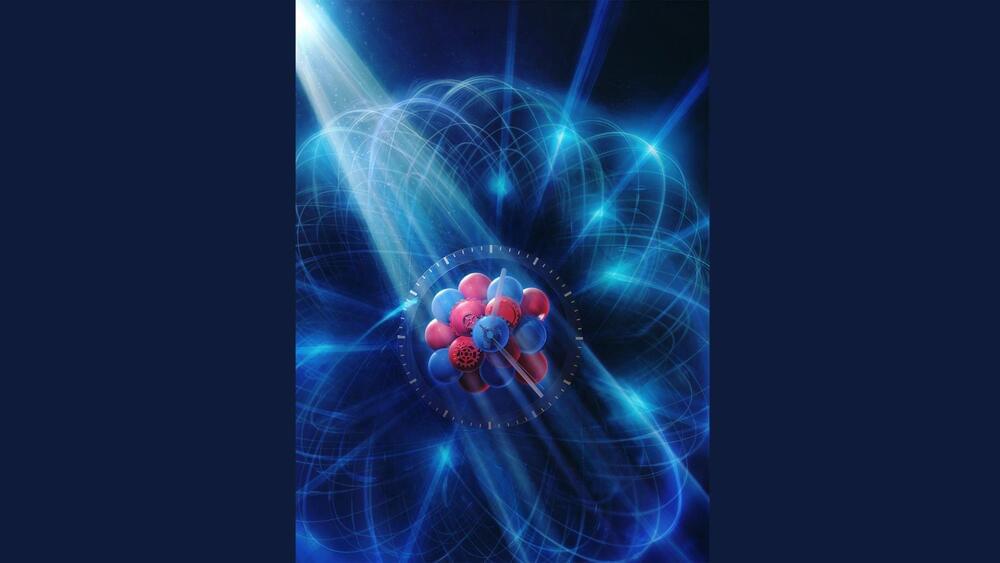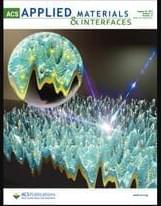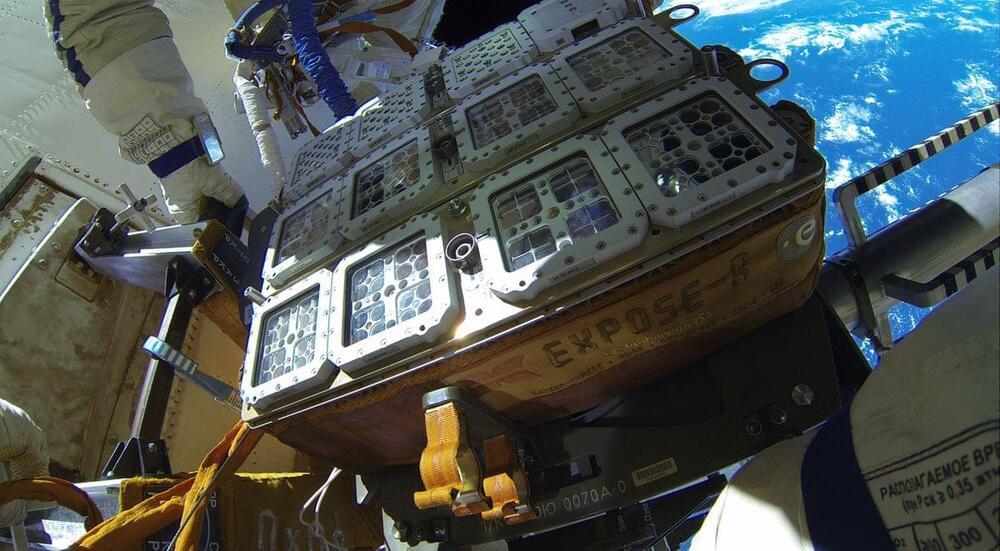Using a metal–organic framework, researchers reduced the volume of a water-based mixture by 7%.



An international research team has made a groundbreaking discovery at the European XFEL X-ray laser, bringing us closer to realizing the potential of atomic clocks.
They achieved this by exciting a highly promising transition in the nucleus of scandium, a readily available element, Deutsches Elektronen-Synchrotron (DESY) announced. This unique resonance demands X-rays with an energy of 12.4 kiloelectronvolts (keV), an astonishing 10,000 times the energy of visible light, with a remarkable width of only 1.4 femtoelectronvolts (feV), equivalent to one second in 300 billion years.
Ralf Röhlsberger, a DESY researcher, emphasizes the significance of this achievement: “This corresponds to one second in 300 billion years.” Such precision would redefine the boundaries of timekeeping accuracy.
Brilliant. News is about rare events, especially bad things. Massive amounts of raw data is boring — but tells a completely different story.
If you follow the news closely, chances are your view of the state of the world is not super optimistic. From war in Ukraine to a warming planet to global poverty and hunger, there’s plenty to get upset about. But what if things are actually getting…better?
Sign up for GZERO Daily (free newsletter on global politics): https://rebrand.ly/gzeronewsletter.
“If you compare the number of wars and the number of people killed in wars in the sixties and the seventies and even the eighties, we’re actually much better off today,” Pinker argues. However, “if you look at headlines, since as long as bad things haven’t vanished from the face of the earth, which they never will, you can get the impression that things are unchanged or even are worse than ever, even when they’re improving.”
How does Pinker evaluate human progress? With data: “It’s only when you count the number of wars, number of deaths in war, longevity, child mortality, extreme poverty, number of leisure hours, that you see that there actually has been improvement. ”

Advances in the versatile design and synthesis of nanomaterials have imparted diverse functionalities to Janus micromotors as autonomous vehicles. However, a significant challenge remains in maneuvering Janus micromotors by following desired trajectories for on-demand motility and intelligent control due to the inherent rotational Brownian motion. Here, we present the enhanced and robust directional propulsion of light-activated Fe3O4@TiO2/Pt Janus micromotors by magnetic spinning and the Magnus effect. Once exposed to a low-intensity rotating magnetic field, the micromotors become physically actuated, and their rotational Brownian diffusion is quenched by the magnetic rotation. Photocatalytic propulsion can be triggered by unidirectional irradiation based on a self-electrophoretic mechanism.

Tesla has broken ground on the site of its planned futuristic diner with a drive-in theater and Supercharger station.
Yes, it sounds like that crazy project is actually happening.
This project has been in the works for a long time. In 2018, Elon Musk said that Tesla planned to open an “old school drive-in, roller skates & rock restaurant at one of the new Tesla Supercharger locations in Los Angeles.” It was yet another “Is he joking?” kind of Elon Musk idea, but he wasn’t kidding.


Hongkong Land’s Yorkville – The Ring by PH Alpha Design uses a revolutionary seven-level glass botanical garden design to accommodate hundreds of gravity-defying plants, creating a truly eco-friendly commercial space. A continuous skin sweeps around the mall to cohesively integrate a “Forest of light” within the interior space, which includes gardens, generous gardens and other activities.
Read more about the project here:



“Due to their ability to produce oxygen and function as bio-factories, this biotechnology could significantly enhance future space missions and human space exploration efforts,” Nicol Caplin, an astrobiologist at the European Space Agency (ESA), said in a statement.
Related: Scientists Send Kombucha to Space in Search for Extraterrestrial Life
Kombucha cultures, which are multi-species mélanges of bacteria and yeast, are key to creating the beverage. Add one such culture to room-temperature sweetened tea and, as long as the tea has plenty of sugar, microbes within will consume those nutrients, multiply and ferment the tea.